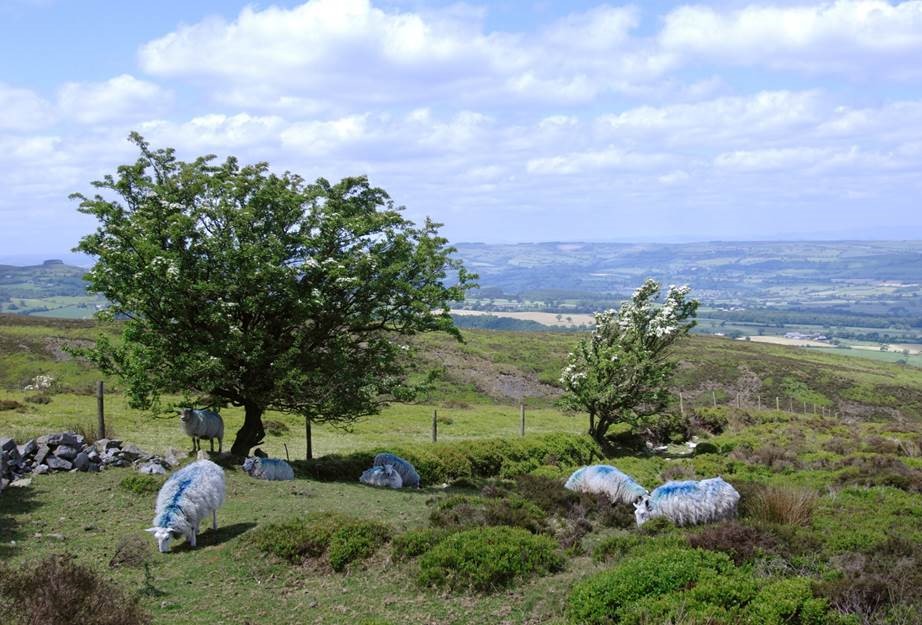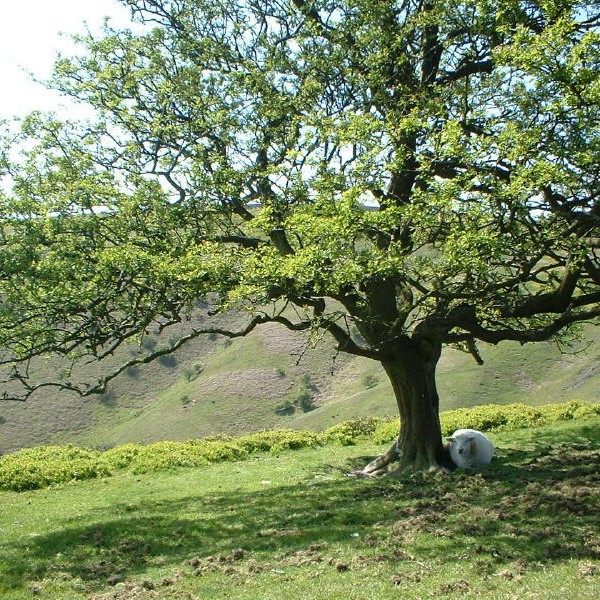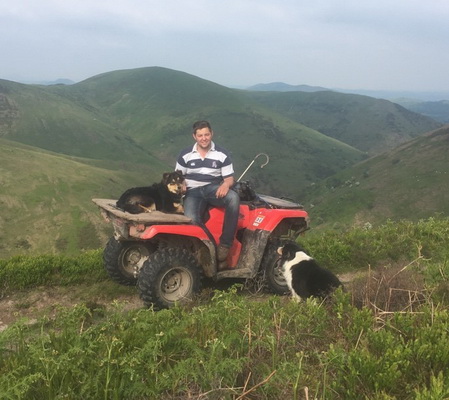Supporting the centuries-old heritage of upland commons by developing projects to re-connect people with commons and to conserve and enhance the heritage of commoning.
Funding from the National Lottery Heritage Fund has been secured to work with 12 upland commons in four of England's national landscapes; the Shropshire Hills, Yorkshire Dales, the Lake District and Dartmoor. The project ends in autumn 2024.
watch short film about the project
In the Shropshire Hills, the project is focused on three commons; the Long Mynd, Stiperstones and Clee Liberty.
Click here to read stories from our Shropshire Hills commoners.
Working together with commoners and other partners the project aims to address the viability of commoning and the value of commons to society.
- Encouraging more diverse communities to enjoy nature and connect with the commons
closest to them. - Helping everyone to understand the multiple benefits that come from commons and the
importance of the commoning system. - Sharing skills that will enable and empower commoners to increase carbon storage, protect
historic sites, enhance wildlife and habitats, and maintain the ancient practice of commoning. - Equipping participating organisations so they can better secure this heritage over the
long-term.
Our Upland Commons is a £3million National Lottery Heritage funded initiative, supported by 25 organisations, including the Shropshire Hills National Landscape Partnership, and led by the Foundation for Common Land. Its aim is to help to secure the future of all upland commons. It has also been made possible by grants from Esmée Fairbairn, Garfield Weston Foundations plus local funders.
more about the project in the Shropshire Hills
What are Commons, how do they work and why do they matter?
Common land has its origins in our ancient history and is managed collectively – by “commoners” who are often, but not always farmers. They have the right to graze sheep, cattle, horses or pigs. Each common has its own group of commoners, with the grazing rights usually linked to their home farm and often passing down through generations of the same family.
Common land is not owned by the commoners but by someone else – a local council, another farmer, the Lord of the Manor or a utilities company. For example, the National Trust owns 60,000 ha of common land in England and Wales.
Wimbledon Common is one you may have heard of, and commons account for 3% of all land in England with some of our most iconic mountains being commons e.g. Helvellyn and Blencathra. Here in the Shropshire Hills, some of our most iconic landscape features are also commons, including the Long Mynd and Stiperstones.
As well as being a vital resource for farmers, commons are important for wildlife, are often valuable historic sites, and are somewhere that people can get outside and enjoy the fresh air, as everyone has a right to walk on commons.
But, as with many traditional farming practices, commoning (farmers using their grazing rights) is in decline; and as a result, commons’ natural and cultural heritage is being lost.




.jpg)